How Cybersecurity Works: Tips to Stay Safe Online
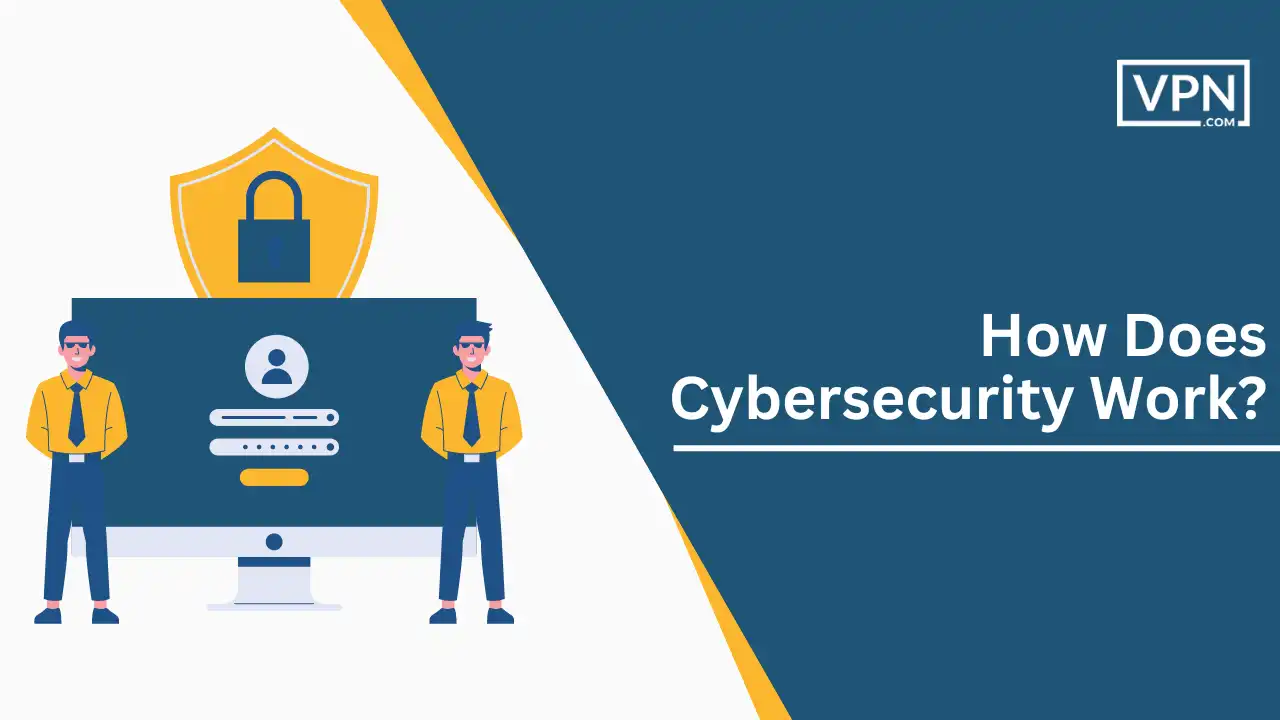
Nowadays, we rely heavily on computers and the internet. Staying safe from cyber threats is important to protect ourselves from individuals with harmful intentions towards us.
Our online activities, such as shopping, socializing, and sharing photos, expose us to the risk of unauthorized access or intrusion. There is a possibility that evil people may attempt to breach our digital boundaries, aiming to steal our finances or disrupt our digital ecosystem.
This piece aims to simplify the concept of cybersecurity. It will discuss simple yet effective measures to protect our computers, smartphones, and online presence. Thankfully, there are professionals dedicated to ensuring the security of our digital devices, alleviating many of our concerns.
Cybersecurity holds significance as it serves as a protective barrier for our online ventures, much like a lock on a door deters unwanted visitors. Think of it as the digital lock safeguarding our computers and smartphones.
What Is Cybersecurity?
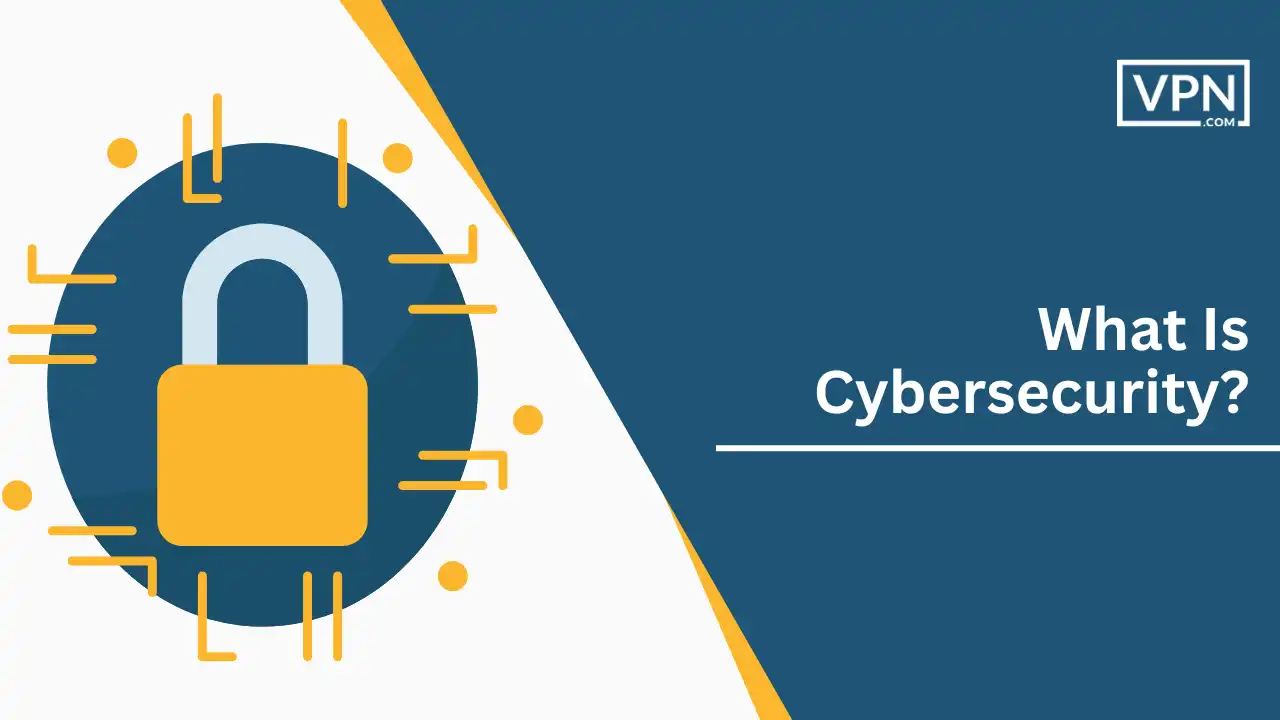
At its core, the work of cybersecurity is all about protecting computers, networks, programs, and data from digital attacks, unwanted access, and other dangers.
These threats can be simple, like fake emails or viruses, or more complex, like skilled hackers breaking in or big data leaks. Cybersecurity aims to stop these problems and keep digital stuff private, trustworthy, and reachable.
Cybersecurity covers a wide range and has a lot of parts. It uses many different tools, plans, and good habits. Some important pieces of good cybersecurity are:
Firewalls and network security: Firewalls work like a protective wall between the safe computers inside a group and the risky outside world, like the internet. They watch and manage the flow of info going in and out, based on special safety instructions. This helps stop unwanted visitors and attacks from getting inside.
Antivirus and anti-malware software: These good programs look at computers and files. They check for bad viruses and bugs. If they find any, they lock them up or delete them. They also watch for strange actions. Those could mean a new kind of germ is hiding in the computer.
Encryption: Encryption is like turning regular words into a secret code. Only people with the special key can understand the code. This keeps important information safe, even if bad people get ahold of it while it’s moving around or steal it. Encryption is like turning data into a secret code that only the right people can understand using a special key. This keeps important information safe from anyone who shouldn’t see it, even if they manage to grab it while it’s moving between places or steal it from a computer system.
Access control and authentication: Special computer programs only allow people to use certain things. To get in, you need a name, secret word, fingerprint or something else to show it is really you. Using two different ways to prove who you are, like a secret word and fingerprint, makes it way harder for hackers to sneak in. This safer way with two proofs is called multi-factor.
Patching and updating: Keeping your computer’s main software (called the operating system), other programs, and tiny controlling programs (called firmware) updated is important. Updates fix security holes that bad people could use to break in. Many companies have special processes to make sure updates get installed quickly and properly on all their computers. This makes it harder for the bad people to get in.
Security education and awareness: One of the biggest problems with keeping computers safe is hackers. Hackers try to trick users into giving away secret information or getting bad programs on their computers. This is called social engineering. Teaching people about the common tricks bad people use and how to stay safe online is really important for keeping computers secure.

Get Started w/ NordVPN Today
- Top-rated VPN for OS unknown
- Ultra-fast speed in US in 2024
- Save 69% off with VPN.com Discount
- Plans starting at $2.99/month
- Rated 4.5/5 on Google Play with over 825,000 reviews
- Rated 4.7/5 on Apple App Store from 6,600 users
Types of Cyber Threats
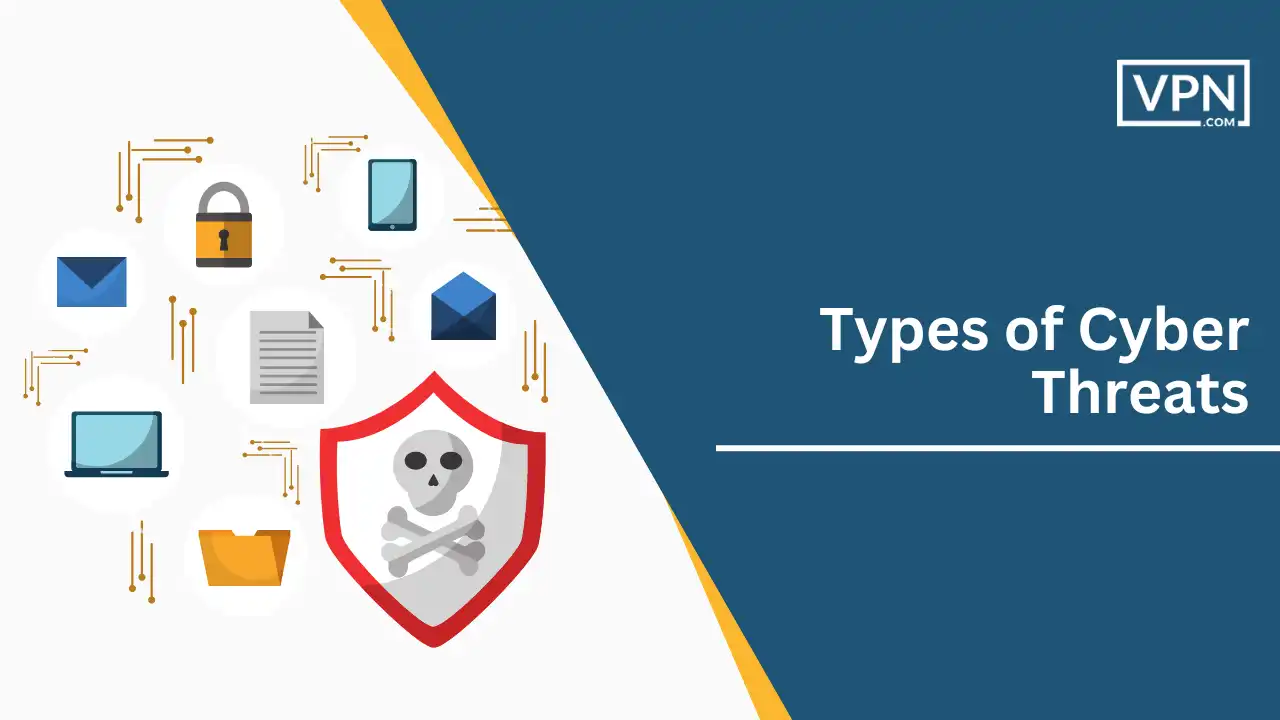
There are many different types of cyber threats that organizations and individuals need to be aware of. Some of the most common include:
Malware:
Some computer programs are bad. They are called malware. Malware hurts computers. There are a few kinds of malware:
- Viruses make computers sick
- Worms crawl into computers
- Trojan horses pretend to be good but are bad inside
- Ransomware locks up files
- Spyware watches what you do
Malware spreads in emails, bad websites, or when you download bad programs. Be careful! Don’t let malware get on your computer.
Phishing:
A phishing attack is a trick hackers use. They try to fool you. They want you to tell them secrets. Secrets like your passwords or bank numbers. The bad people send fake emails. The emails look real, but they do not. They might say they are from your bank or a company you know.
The emails ask you to click a link. The link goes to a fake website. The website looks real too. It asks you to type in your secrets. Don’t be fooled! If you tell them your secrets, the bad people can steal from you. They can get into your accounts. Be careful with emails. Don’t click links if you are not sure they are real. Keep your secrets safe.
Denial of Service (DoS) attacks:
Some attacks make computers stop working. They are called DoS attacks. DoS means “Denial of Service.” In a DoS attack, a hacker will send too much stuff to a computer. It could be too many messages or too many requests. The computer gets confused and can’t handle all the stuff. So it stops working.
Sometimes, many computers attack at once. They all send stuff to one computer or network. This is called a DDoS attack. The “D” means “Distributed.” That’s because the attack comes from many places. DDoS attacks are hard to stop.
There are too many attacking computers. It is like a bunch of bullies all picking on one kid. These attacks can cause websites or services to crash. Then people who need to use them can’t. The attacks “deny service” to the users. It is a big problem. Special tools and plans are needed to protect against DDoS attacks.
Man-in-the-Middle (MitM) Attacks:
For instance, you and your friend are playing a game. You send messages to each other about your next moves. But someone else sneaks in between you. This person is like a spy. They are playing a “Man in the Middle” trick, or MitM for short.
The MitM spy can see all the messages you and your friend send. They can read your secret plans. Even worse, they can change the messages before sending them on. They might tell your friend the wrong move. Or they could send a mean message that looks like it’s from you.
In computer talk, the MitM attack is like this spy game. When two computers or people are talking, the attacker jumps in the middle. They can see or change the data being sent.
The attacker might steal secret stuff this way, like passwords. Or they could add bad code to the data. This code could make the computers do bad things. MitM attacks are sneaky. They are hard to spot because the attacker is hidden in the middle. It is important to use special safety measures to stop them. This keeps your data safe from spies in the middle.
SQL injection:
Websites use databases to store information. The databases use a language called SQL. When you type something on a website, it uses SQL to find the info you want. But if the website isn’t careful, a hacker can type sneaky SQL commands. This can make the database show the hacker all the secret stuff, like passwords. The hacker might even change or delete stuff in the database. To stop this, websites have to be very careful with what people type in. They have to make sure it’s not a sneaky SQL trick.
Zero-day Exploits:
A zero-day exploit is an attack that uses vulnerabilities in a computer program. This weakness is like a loophole in the program’s safety wall. But nobody knows about the loophole yet, not even the people who made the program. Hackers might find the secret loophole first and then they can use it to sneak into the computer.
They can steal information or make the computer do bad things. It’s hard to stop a zero-day exploit because there’s no fix yet for the secret hole. The loophole is only fixed when someone else finds it and tells the program makers. Then they can patch the loophole so the attack won’t work anymore. But until the hole is fixed, many computers could be hurt by the bad trick. Zero-day exploits are very dangerous because they use loopholes nobody knows about.
How does cybersecurity work: Strategies And Best Practices

Given the wide range of cyber threats facing organizations and individuals, a comprehensive and multi-layered approach to cybersecurity is essential. Some key strategies and best practices include:
Risk assessment And management:
Businesses need to often check their computer safety risks and make plans to lower those risks. This might mean doing checks for weak spots, trying to break into their systems to see if they can, and studying the risks to see where they could be attacked.
Incident Response Planning:
If someone tries to harm your computer or take your information then it is very important for you to know what to do. First, stop the bad things from happening more. Then, figure out how the hacker got into your computer and what went wrong.
Next, fix all the bad things the hacker did. That might mean getting your information back or fixing your broken computer. After everything is fixed, think about what happened. Now, try to learn from it so it doesn’t happen again.
Having a plan for when someone does something bad to your computer will help you alot in fixing that issue. Just try to know the steps to stop the bad thing, fix everything, and keep your computer safe in the future.
Data Backup And Recovery:
Making copies of your important files is very important. This is called backing up. Backing up helps you get your files back if your computer gets sick (gets a virus) or breaks.
You should keep these backup copies somewhere else, not on the same computer. You can put them on another computer, a USB drive (a small storage device), or online. Keeping backups somewhere else keeps them safe if something bad happens to your main computer.
Also, check your backups sometimes to make sure they work right. You want to be sure you can use them to get your files back if you need to.
Network Segmentation:
Breaking up a big network into smaller separate networks can help stop attacks from spreading easily. If one small part of the network gets attacked then the attack can’t easily jump to the other small networks.
This is done by creating separate “virtual” networks on the same physical equipment using VLANs (Virtual LANs). Firewalls between the virtual networks also help block attacks from moving between them.
By splitting up the big network this way, an attack on one virtual network has a much harder time getting into the other virtual networks. It contains and limits the damage the attack can cause.
Least Privilege Access:
The principle of least privilege means giving people only the minimum access they need to do their job and no more. For example, an employee who just needs to check email and use a word processor does not need full administrator rights to install new programs. They should have a more limited user account.
Restricting what each person can access and do on computer systems reduces risk. If their account gets hacked or misused, the damage will be limited because they didn’t have excessive permissions.
It’s kind of like having a bunch of locked rooms in a building. You only give someone the keys to the few rooms they actually need to enter for their work. This contains any potential trouble to just those rooms.
Regular Security Training:
Teaching workers about being safe from hackers is very important. This stops mistakes that can let hackers get into the company’s systems.
The training should teach workers things like:
- How to spot fake emails trying to trick them
- Making passwords that are hard to guess
- Keeping private information locked up safe
Doing these training lessons regularly reminds workers to be careful. Bad people often try to trick employees into getting into company computers and data.
If workers know what to look for and how to be safe then it is harder for the bad people to succeed. An employee who doesn’t know better might accidentally open the door for hackers.
Third-party Risk Management:
Many companies work with outside helpers called “third parties.” These outside helpers might fix computers, store data, or do other important jobs. When outside helpers have to see or use a company’s private information, it can be risky. Hackers might try to get that information from outside helpers.
So it is very important to check how good the outside helpers are at keeping information safe and secure. They need to follow the same strict safety rules as the main company. The company should carefully look at the cybersecurity practices of outside helpers. This means checking how they:
- Keep data locked up
- Prevent hackers from breaking in
- Train their workers on safety
If the outside helper is not good enough at cybersecurity, the company might be letting in risks they don’t want.
Continuous Monitoring:
Keeping computers and networks safe from hackers is not something you do once and then forget about. It has to be an everyday, ongoing effort.
Companies need to constantly monitor and watch for any potential threats or bad people trying to get in. They can’t just set up security one time and expect it to work forever.
To do this continuous monitoring, companies use special tools like:
- SIEM systems – These collect logs and alerts from all the company’s devices to look for suspicious activities happening.
- Intrusion detection systems – These watch for hackers trying to break into the network and sound alarms.
- Other monitoring tools – There are many programs that constantly check for viruses, vulnerabilities, or unauthorized access attempts.
The idea is to have these tools working 24/7 to rapidly detect any threats as soon as they happen. That way, the company can respond quickly before problems get worse.
Cybersecurity isn’t a one-time thing you set and forget. Companies have to actively monitor and protect themselves every single day using smart tools that never sleep.
The Role of Government And Regulation
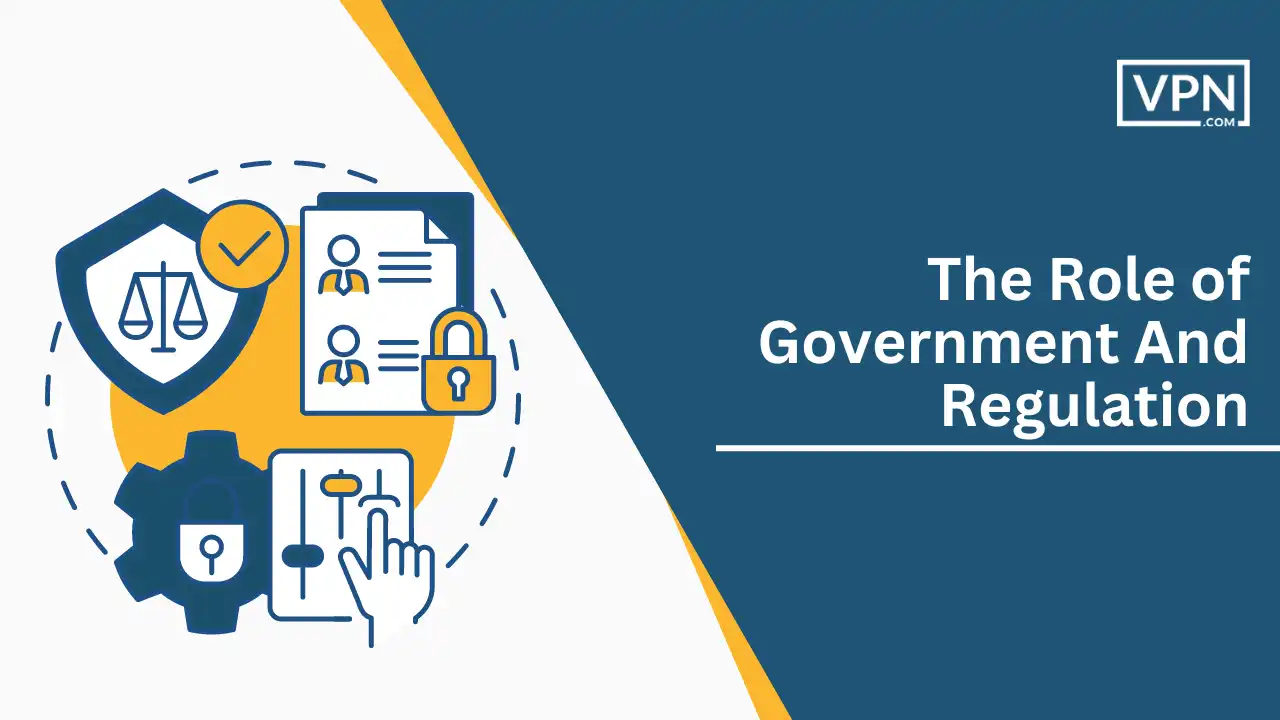
Keeping computers and the internet safe from hackers trying to break in and cause trouble is not just important for individual companies but It is a really really big deal that whole countries need to focus on too.
Here’s why governments care so much about cybersecurity and protecting computer systems:
- If too many hackers successfully attack important computer systems, it can badly damage things that are critical and essential for an entire country to function properly. Things like power plants that supply electricity, hospitals that take care of sick people, and military computer networks that control weapons and keep the country safe. Hackers getting control of these vital systems would be terrible.
- Governments understand that keeping computers safe from bad people is super important, as is protecting the whole country. So they make rules that companies must follow to properly lock down their computer systems. In the United States, there is a group called NIST. Their job is to tell companies the best ways to do cybersecurity and not get hacked. NIST gives advice like Using strong passwords, installing updates to fix holes, and watching for suspicious activities and lots of companies listen to NIST’s advice. Following NIST’s guidelines helps companies keep their computers and data locked up tight and secure from the bad guys.
- In Europe, there are strict rules called GDPR that require companies to handle people’s personal private information safely and report any data breaches quickly. Companies that don’t obey GDPR can get really really big fines as punishment.
- Governments also spend money on special cybersecurity research to keep developing and improving tools to stop hackers. In the U.S., there is a Department of Homeland Security team called CISA that works full-time on figuring out the best cybersecurity for critical systems like power grids, water treatment plants, and transportation networks that the whole country relies upon.

Get Started w/ NordVPN Today
- Top-rated VPN for OS unknown
- Ultra-fast speed in US in 2024
- Save 69% off with VPN.com Discount
- Plans starting at $2.99/month
- Rated 4.5/5 on Google Play with over 825,000 reviews
- Rated 4.7/5 on Apple App Store from 6,600 users
The Future of Cybersecurity
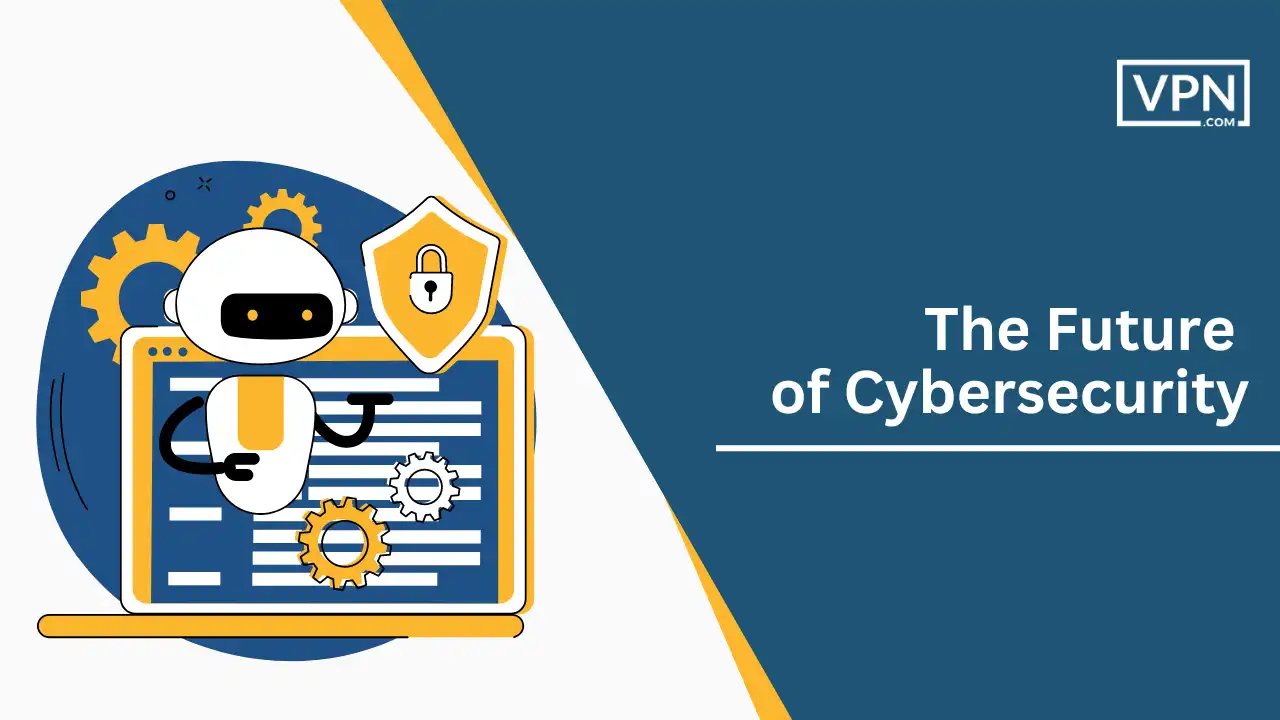
One huge problem is there are not nearly enough good computer security people to protect against all the bad guys. A study found that we need 145% more cybersecurity workers just to have enough people watching for threats.
Because there are so few security experts, companies have to pay them a whole lot of money to get them to work there. Cyber Security jobs pay really really high salaries.
To help handle the countless cyber threats happening daily, more companies are using automated computer programs and machine learning instead of human analysts alone. Advanced software can automatically detect suspicious activities and respond quicker than people can. As hacking gets more complex, these automated cybersecurity tools become essential.
Another big trend is that organizations realize they can’t just defend themselves alone – they need to work together and share information about threats. No single company can stop all hackers by themselves. So, groups have been formed to allow companies, governments and others to collaborate by sharing data about new cyber risks and best practices. Working together makes everyone’s cybersecurity stronger.
As technology usage explodes, properly securing everything becomes exponentially harder. But new strategies like automation, machine learning, professional training, and coordinated info-sharing are helping tackle this massive cybersecurity challenge.
FAQ’s
How can I stop hackers from stealing my passwords?
Never use the same password on multiple websites or apps. That’s not safe. Instead, use a password manager program. It creates super secure, hard-to-guess passwords for you and remembers them. Also, whenever a website lets you use two-step verification or get codes on your phone, turn that extra security step on. It makes your accounts way harder for bad guys to break into.
Will antivirus software fully protect me from all cyber threats?
Antivirus software alone cannot fully protect you. Bad people have many other tricks.
You must also: Be careful of weird emails or links that seem fishy, use passwords that are long and difficult to guess, always install software updates to fix holes, and follow basic internet safety rules. Just antivirus is not enough by itself these days. You need to practice good cybersecurity habits, too.
I got a pop-up saying my computer is infected! What should I do?
If a weird pop-up shows and says your computer has a virus, do not call any numbers it shows. That is a common trick by bad people. Just close the pop-up window. Then use good antivirus software to safely check for real viruses.
How can I keep my data private and secure online?
Avoid sharing sensitive info over public WiFi. Use a VPN for privacy. Only visit legitimate, secure websites (HTTPS). Beware of phishing emails asking for your details.
My friend’s social media was hacked – how can I avoid that?
Use unique, complex passwords for all accounts. Enable two-factor authentication. Be cautious of links/attachments. Never overshare personal details publicly online

Get Started w/ NordVPN Today
- Top-rated VPN for OS unknown
- Ultra-fast speed in US in 2024
- Save 69% off with VPN.com Discount
- Plans starting at $2.99/month
- Rated 4.5/5 on Google Play with over 825,000 reviews
- Rated 4.7/5 on Apple App Store from 6,600 users
The Bottom Line
Stopping hackers from breaking into computers and causing trouble online is super hard. It is a huge problem that affects everything we do with technology. There is no one single way to be completely safe. We need many different defenses and strategies all working together to properly protect against the bad guys.
If we all learn about the kinds of threats and follow good security practices then we can help make the internet and digital world a safer place for everyone. But the bad people are always getting smarter too.
So it is really important that regular people, companies, and governments constantly share information and work as a team. We all have to keep updating our security and changing how we defend ourselves against new dangers.
Cyber threats won’t go away, so we must all work hard to learn, prepare, and stay ahead of the hackers. Cybersecurity requires ongoing effort by everyone.
Customer Reviews for NordVPN: In-Depth Review, Tests, and Stats

Connection issues with MLB.TV
May, 2 2023

Prompt customer service
May, 6 2023

I would highly recommend
December, 15 2023



